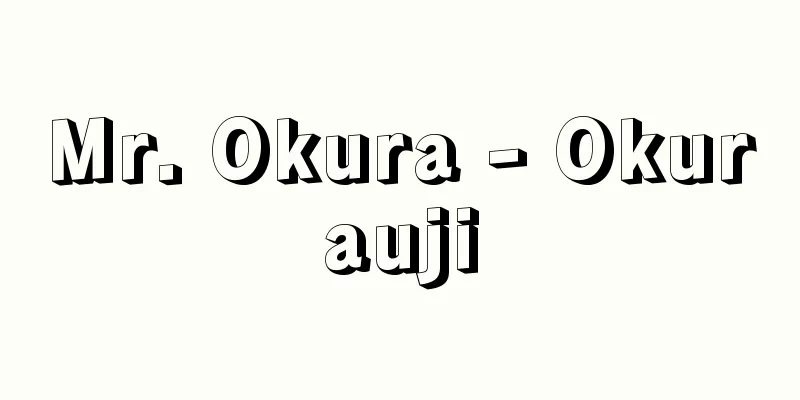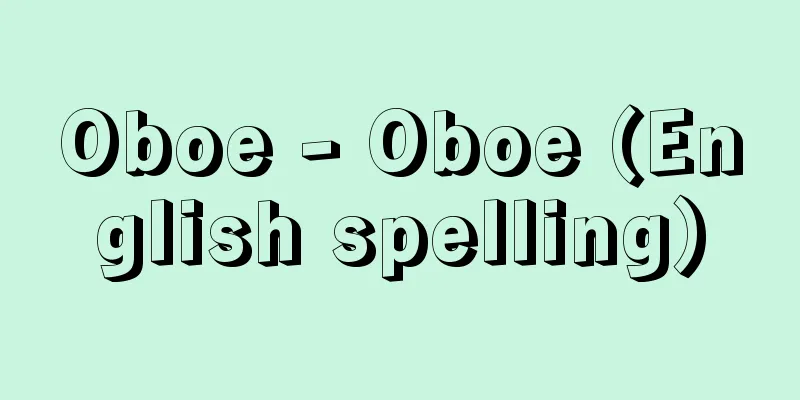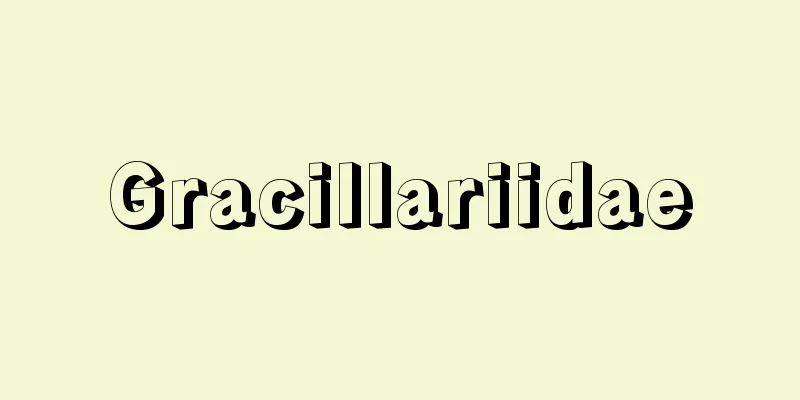Goshi

|
An open market was established on the borders of China for trade with other countries. Negotiations between China and other countries included political and diplomatic aspects related to ceremonies and displays of prestige, as well as practical aspects such as trade. China, which excels in resources, culture, and technology, has long considered trade to be a by-product of politics and diplomacy, and has established open markets at points where land and sea trade routes border China's actual territory, allowing trade on a limited basis and monitoring the movement of information, military secrets, weapons, and currency. These points and the markets they served were called "mutual markets," "barriers," and "guans," while seaports were called "ship ports." The most common commodities were highly marketable horses, sheep, silk, tea, fragrances, spices, medicines, and lacquerware, but other items exchanged included gold, silver, copper coins (prohibited), and other currency, books (partially prohibited), salt and grains (prohibited), ironware, copperware, and ceramics. The Song Dynasty encouraged mutual trade at seaports, the Ming Dynasty promoted the purchase of Japanese silver and copper at horse markets and seaports in the north, and the Qing Dynasty initially limited maritime trade to Guangzhou. Such mutual trade was also permitted between the countries surrounding China and between these countries and China. [Yoshinobu Shiba] Source: Shogakukan Encyclopedia Nipponica About Encyclopedia Nipponica Information | Legend |
|
中国で外国との貿易のため辺境に設定された開市場。中国と諸外国との交渉は、政治や外交など儀礼や威信表明にかかわる部分と、貿易のような実利の部分があった。資源や文化、技術に長じた中国は、長く貿易を政治、外交の副産物として考え、海陸の商業路が中国の実質的領域と接する地点を選んで開市場を設け、制限的に貿易を許し、情報や軍事機密、武器、通貨の出入を監視した。こうした地点とその市(いち)を互市場(ごしじょう)、榷場(かくじょう)、関市(かんし)といい、海港については市舶場(しはくじょう)とよんだ。 市場性の高い馬、羊、絹、茶、香料、香辛料、薬物、漆器が代表商品であったが、金、銀、銅銭(禁輸品)などの貨幣、書物(一部禁輸)、塩や穀物(禁輸)、鉄器、銅器、陶磁器なども交換された。 宋(そう)は海港の互市を奨励し、明(みん)は北辺の馬市(ばし)、海港での日本産の銀や銅の買付けを進め、清(しん)は海上貿易を当初広州に限定した。こうした互市は、中国周辺諸国相互間や、これらと中国との通商についても認められる。 [斯波義信] 出典 小学館 日本大百科全書(ニッポニカ)日本大百科全書(ニッポニカ)について 情報 | 凡例 |
Recommend
Mamatekona - Mamanotekona
A beautiful girl who lived in Mama, Katsushika Cou...
bilateral descent
…Some researchers define the type of social proce...
Aithēr (English notation) Aither
…It was a serpent with the heads of a bull and a ...
Essays of Elia, The Last Essays of Elia
A collection of essays by the British essayist C. ...
Northern Ireland - Kitaairando (English spelling) Northern Ireland
It is one of the regions that make up the United ...
Silver Lord
(Noun) (From the Edo period when silver coins were...
injury
…When an external force acts on a living body, it...
Asama Maru - Asama Maru
A Japanese luxury liner before World War II. Built...
De l'auscultation mediate (English spelling)
...This was the beginning of auscultation, but la...
Ishige Tsumugi
…The central settlement of Ishige flourished in t...
Dynel
A product name for an acrylic synthetic fiber (sho...
National textbooks - kokutei ikyoukasho
Textbooks are written and edited by a government a...
Carnival Play (Fastnachtsspiele)
A type of secular comedy unique to German citizens...
Fallmerayer, JP (English) FallmerayerJP
… [Editorial Department] [From the Ottoman Empire...
Umezu-Ho Yingqin Agreement
An agreement made in June 1935 between General Ume...




![Maruseppu [town] - Maruseppu](/upload/images/67ccec077e4c0.webp)




